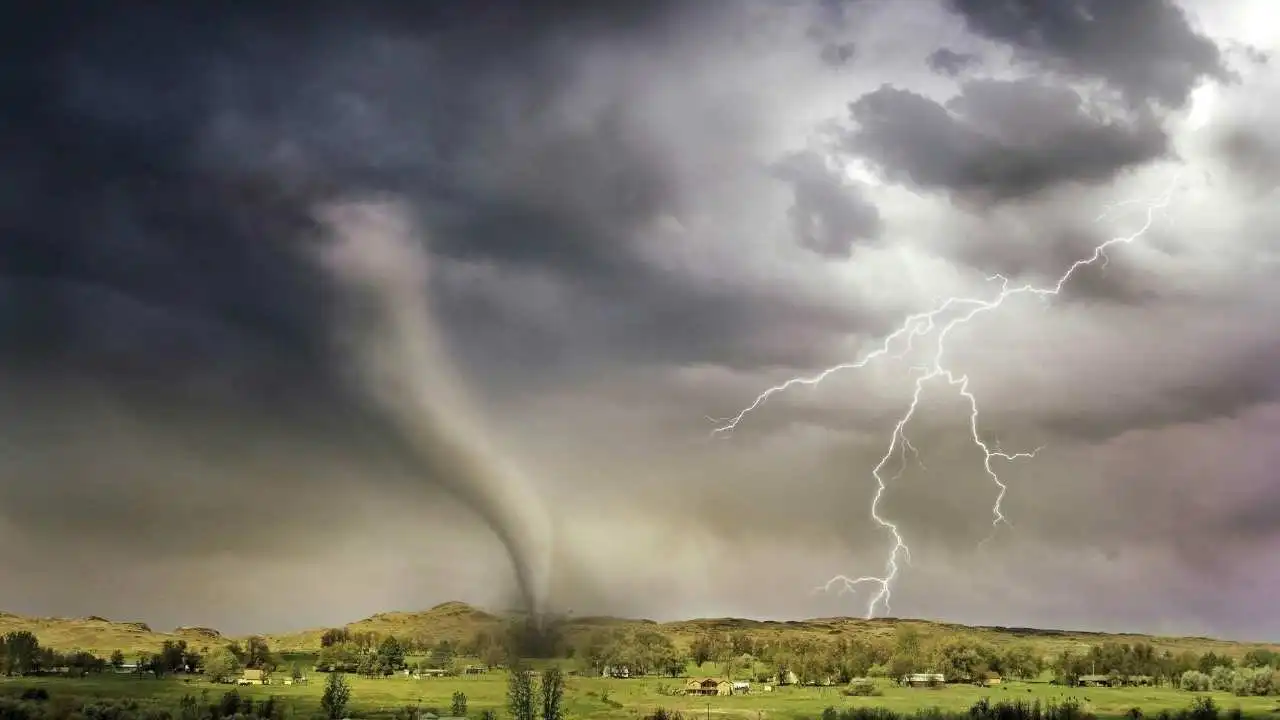Cuts to U.S. weather forecasting, climate science create dark clouds for Canadian counterparts

The recent cuts to the U.S. agency responsible for weather forecasting and climate science have raised concerns among scientists in Canada. The reduction of over 1,000 jobs at the National Weather Service and NOAA has left many experts worried about the impact on data reliability for predicting dangerous events, conducting flood forecasts, and understanding climate changes.
According to Danny Blair, a climatologist and co-director of the Prairie Climate Institute, the loss of capacity to predict severe weather events could put more people at risk in the U.S. and also affect Canada. Weather forecasting and climate science require skilled personnel and data collection, both of which are crucial for accurate predictions. With climate change intensifying weather patterns, Blair emphasizes the need for more weather forecasters and climate scientists, rather than reducing their numbers.
In Canada, flood forecasters heavily rely on data from the U.S. National Weather Service, particularly for regions like the Red River basin. Jay Doering, a professor emeritus in civil engineering at the University of Manitoba, explains that U.S. data on soil moisture, snowpack, and atmospheric conditions are essential for assessing flood risks in areas like Winnipeg. The collaboration between U.S. and Canadian scientists has been critical for sharing information and improving forecasting accuracy.
However, recent restrictions imposed by the Trump administration on NOAA scientists communicating with their Canadian counterparts have disrupted this collaboration. Meteorologists in both countries traditionally worked together on weather warnings and forecasts, recognizing that weather knows no boundaries. The hiring freeze and staffing shortages at the National Weather Service have further strained the system, leading to concerns about the future of data gathering and analysis.
The closure of important weather monitoring sites and potential lease terminations for key facilities like the Environmental Modeling Center have raised doubts about the continuity of weather forecasting in the U.S. Despite these challenges, the National Weather Service remains committed to its public safety mission of providing accurate weather information and forecasts.
In conclusion, the impact of the cuts to weather forecasting and climate science in the U.S. extends beyond its borders, affecting countries like Canada that rely on shared data and collaboration. The need for continued cooperation and investment in meteorological research is crucial for ensuring the safety and resilience of communities in the face of increasingly extreme weather events.




